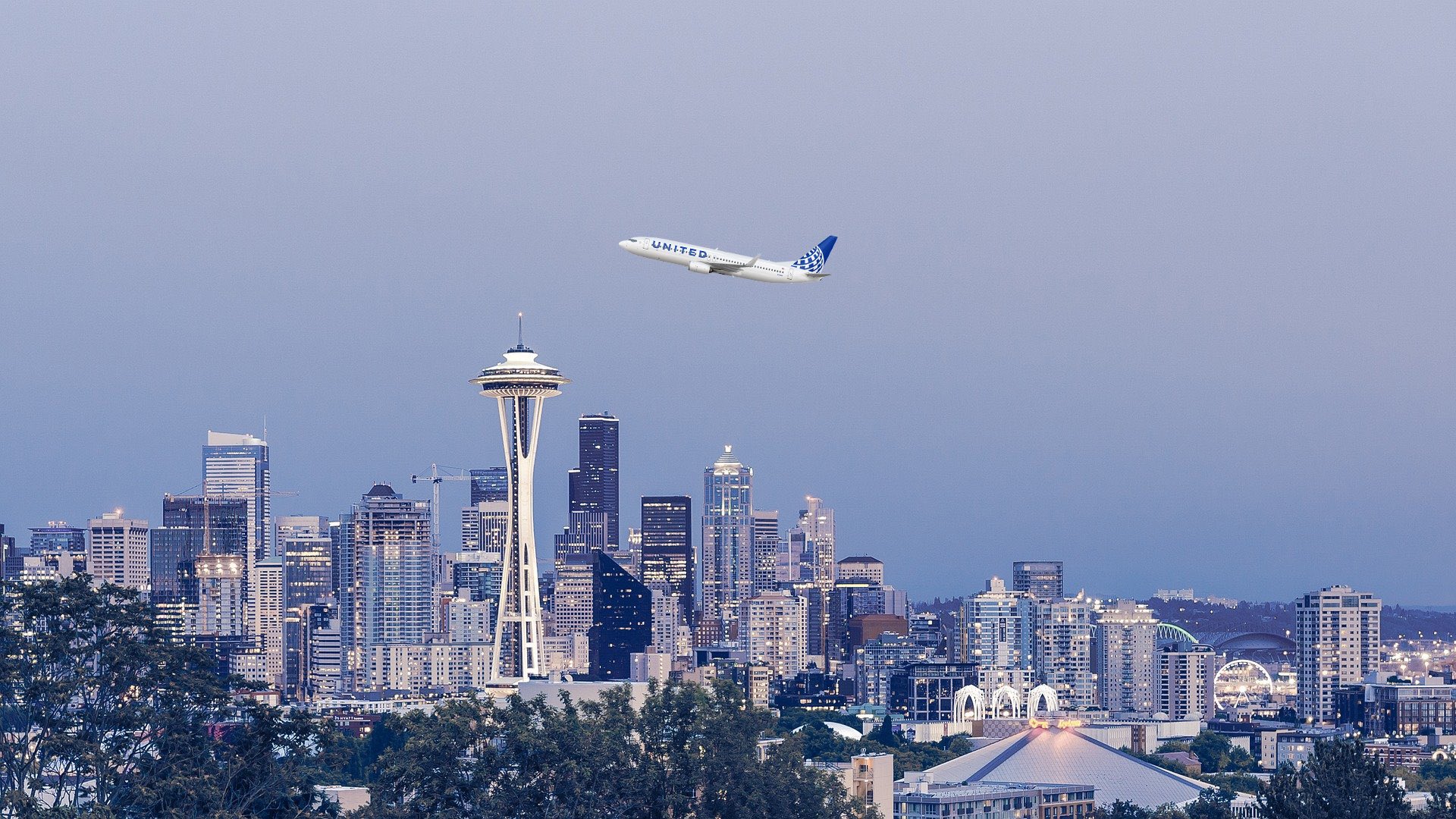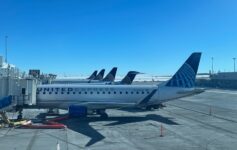
United Airlines will close its Seattle “satellite” flight attendant base, marking the second time in less than a decade Seattle-based flight attendants have faced a base closure.
United Airlines Closes Seattle Flight Attendant Base…For A Second Time
Back in 2018, I wrote about United’s plan to add “satellite bases” in a handful of line stations. The concept made a lot of sense.
Let’s say a flight attendant lives in Phoenix right now due to lower housing costs but is San Francisco based. Currently, he must commute to SFO to start his trips–on his time and his dime. Even if this can be accomplished on a non-revenue/space available basis, it is fairly nerve-wracking to play the standby game…we passenger know that ourselves.
Under this new proposal, trips would start and end in Seattle, San Diego, Phoenix, or Orlando for these local FAs. The result would be few commutes and to United’s advantage, fewer overnight hotel expenses since these cities are highly served anyway.
The union was not sold on the idea due to seniority concerns, but United eventually implemented satellite bases in 2019 on a trial basis. Now, it has decided to close its Seattle satellite base.
In a memo to flight attendants reviewed by Live and Let’s Fly, John Slater, United’s Senior Vice President of Inflight Services, notes that the base did not measure up to financial expectations:
The financial benefits that support maintaining a satellite base are lost when we resort to costly decisions, such as recrewing a trip with flight attendants from other locations.
With the significant changes in our flying over the last year as a result of the COVID-19 pandemic, changes in hotel costs and increased expenses associated with the use of reserves to cover open flying from other bases [increased].
Based on these changes, we’ve made the difficult decision to close the SEA satellite base effective with the May 2021 schedule.
Slater also added:
When trips are not covered, and we must assign the open time to reserves from other bases, the savings originally created by opening that base drops considerably. In the case of [Seattle], operating costs exceeded the savings generated from keeping it open, producing an operating loss.
United has a contractural right to close these bases and Seattle-based flight attendants will return to their previously assigned bases.
Per Slater, there were not sufficient crew members available in the Seattle domicile, forcing United to bring in reserve crew from other bases at an even greater expense.
A Blast From The Past
Seattle used to be a transpacific gateway for United Airlines, with service to Tokyo Narita continuing as late as January 2014. Even before United acquired a handful of transpacific routes from PanAm, it launched service between Seattle and Narita in 1983 and later from Seattle to Hong Kong.
After acquiring PanAm transpacific routes in 1985, United was forced to give up its Seattle to Tokyo flight in 1989. Ironically, it was Continental Airlines who demanded it, claiming insufficient competition. Continental failed on the route, it was transferred to American Airlines in 1991, then AA flopped too.
Finally, United relaunched the route in 1998 using its classic UA875/876 flight numbers and utilizing Boeing 747-400s.
After United cancelled the route in 2014, the flight attendant base in Seattle was closed later in 2014.
CONCLUSION
United’s Seattle flight attendant base is closing down…for a second time. Even within an airline, the pandemic era has proven the perfect opportunity for consolidation.




SEA is has too much competition to make any reasonable profit. AS and DL already have a hub there. AA and B6 are increasing their presence because of their joint venture with AS. UA does not have any international flights out of SEA and several StarAlliance carriers already serve SEA from abroad. Doesn’t make any sense to connect *A passengers onto UA domestic flights to a small number of UA hubs from SEA.
“Let’s say a flight attendant lives in Phoenix right now due to lower housing costs but is San Francisco based. Currently, he must commute to SFO to start his trips”
Let’s say you or I lived in Phoenix and got a job in San Francisco. We would have to find accommodations somewhere close to BART or … to get to work.
Still a much smaller insult than the one suffered by Cleveland, which was dehubbed by United … twice!
Sad. I used to fly out of SEA back in the day when UA competed fairly evenly with AS. UA used to fly non-stop (if memory serves, which it usually doesn’t) before its merger with CO: HKG, LHR, NRT, HNL, ANC, FAII (?), DEN, ORD, JFK, LAX, SFO, OAK, IAD, YVR, PDX, BLI, GEG, BOI, YKM, EUG, PSC, RDM, MFR, EAT. Now it’s just to big hubs.
You state that United bought a “Handful” of Pan Am routes. United bought the entire Pan Am Pacific Division transpacific route system, which was the first (1935 China Clipper), and largest transpacific route system. Pan Am was also the first to offer ultra long haul nonstop flights, including LAX and SFO nonstop to HKG, SYD, and ACK, with the 747SP in 1976. United later got into LHR and Latin America via the purchase of more Pan Am assets. Pan Am invested in pioneering so many worldwide routes, and was then battered by gov subsidized foreign airlines, very high 1970s and 80s interest rates, two 1970s oil crises, and terrorism. To this day, United enjoys a windfall due to the downfall of an American icon. At least United still flies many of its old Pan Am routes, unlike Delta, who mostly codeshares with foreign airlines.